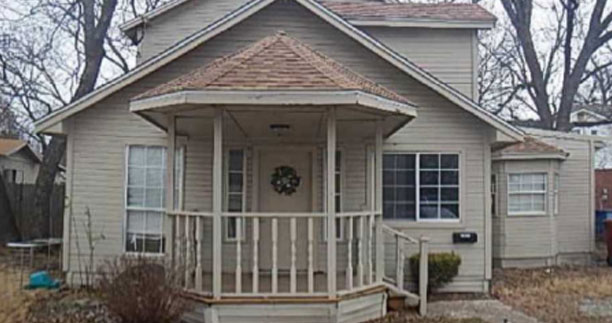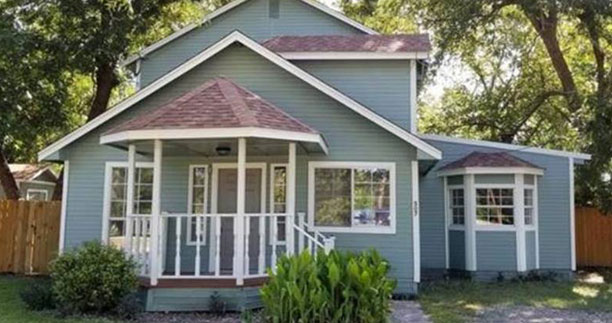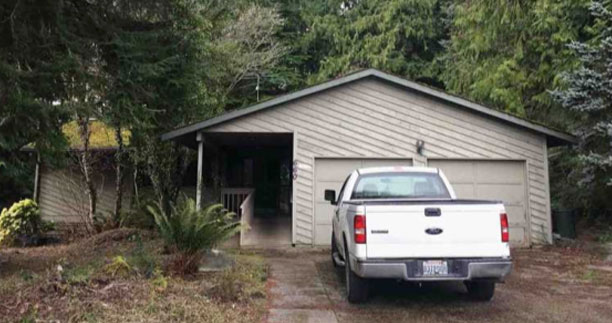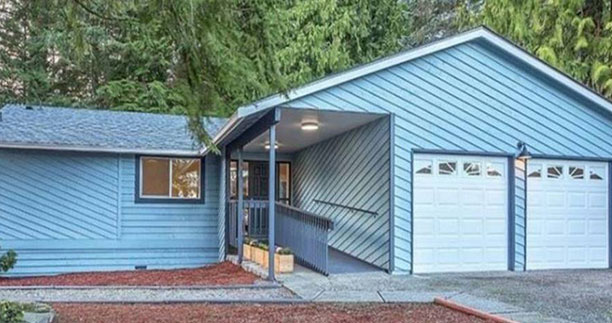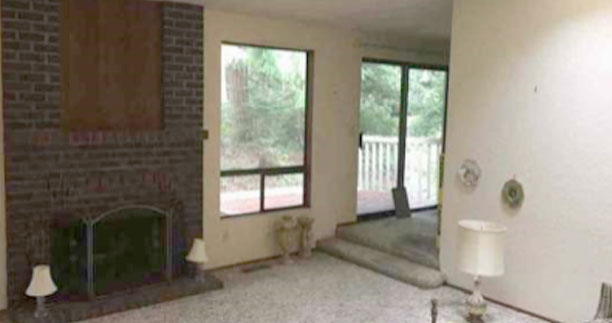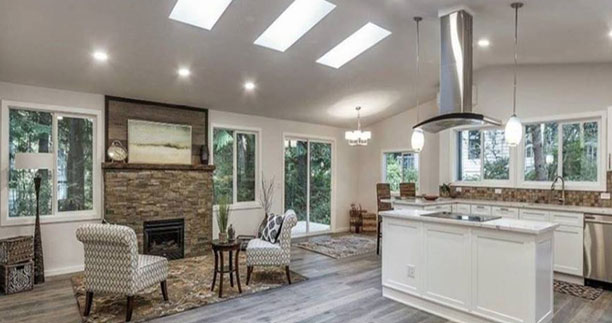Evaluating Kitchen Cabinet Wear And Tear For Rehab
Wear and tear on kitchen cabinets is inevitable given their frequent use. It’s vital to assess the extent and type of wear to determine if cabinets need to be repaired, refinished, or replaced. Here’s a detailed exploration of the aspects of wear and tear on kitchen cabinets:
- Surface Damage:
- Scratches: These can range from minor surface-level scratches to deeper gouges. The type of finish (paint, stain, laminate) and the material of the cabinet (wood, MDF) will influence the visibility and repairability of scratches.
- Chips: Common on painted or laminated surfaces. They can detract from the cabinet’s appearance, revealing the underlying material.
- Dents: Caused by impacts, dents can distort the surface of the cabinet. Depending on the depth, they can be challenging to repair without refinishing the entire door or drawer.
- Burns: Typically from hot pots or appliances, burns can discolor or warp the cabinet surface.
- Water Damage:
- Discoloration: Prolonged exposure to water can lead to stains, especially on wood surfaces.
- Swelling: Seen often in particleboard or MDF cabinets, where the material absorbs water and expands.
- Warping: Wood doors or frames may warp due to moisture, causing misalignment or an inability to close properly.
- Mold and Mildew: Wet environments can promote fungal growth, leading to health concerns and compromised cabinet integrity.
- Joint Issues:
- Loose Joints: Over time, the joints, especially in doors, can become loose. This can make the door hang improperly or feel unstable.
- Broken Joints: With enough wear, joints can break, rendering the cabinet door or drawer non-functional.
- Finish Deterioration:
- Fading: Prolonged exposure to sunlight can fade the color of stains, paints, or laminates.
- Peeling: Laminated surfaces or certain types of painted finishes might start to peel, especially around handles or frequently-touched areas.
- Cracking or Bubbling: Heat, moisture, or age can cause the cabinet’s finish to crack, bubble, or blister.
- Discoloration: Beyond water stains, grease, smoke, or other kitchen by-products can discolor cabinet surfaces over time.
- Hardware Wear:
- Loose Handles or Knobs: With frequent use, the hardware can become loose and might need to be tightened or replaced.
- Rusted or Tarnished Hardware: Metal hardware can rust or tarnish, especially if of lower quality.
- Functional Issues:
- Sticking Drawers: Wear on the drawer slides or warping of the drawer itself can lead to sticking or uneven movement.
- Doors that Won’t Stay Closed: This could be due to wear on the closing mechanism, warping of the door, or issues with the hinges.
- Misalignment: Doors and drawers that don’t sit flush often indicate wear on hinges or slides.
- Aesthetic Wear:
- Outdated Designs: Beyond physical wear, cabinets can feel “worn out” if their design, color, or style is outdated.
- Mismatched Repairs: Over time, repairs might have been made using non-matching materials or colors, leading to a patchy appearance.
When assessing wear and tear, consider the cost of repair versus replacement. Minor wear can often be addressed with refinishing or a hardware update, but extensive damage or functional issues might necessitate replacement. For properties being prepared for sale, consider potential buyers’ impressions and preferences.

